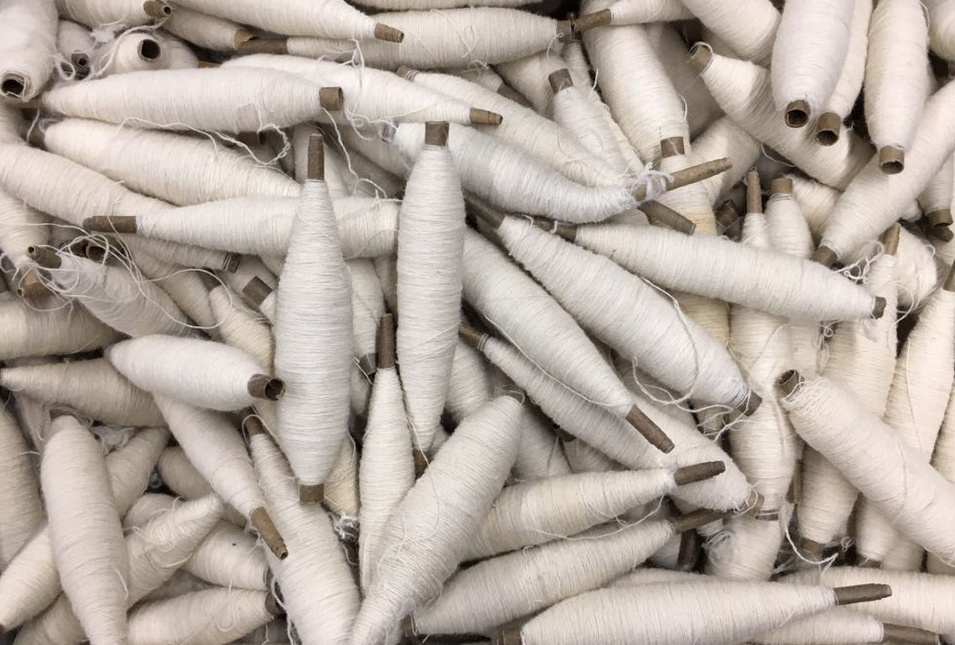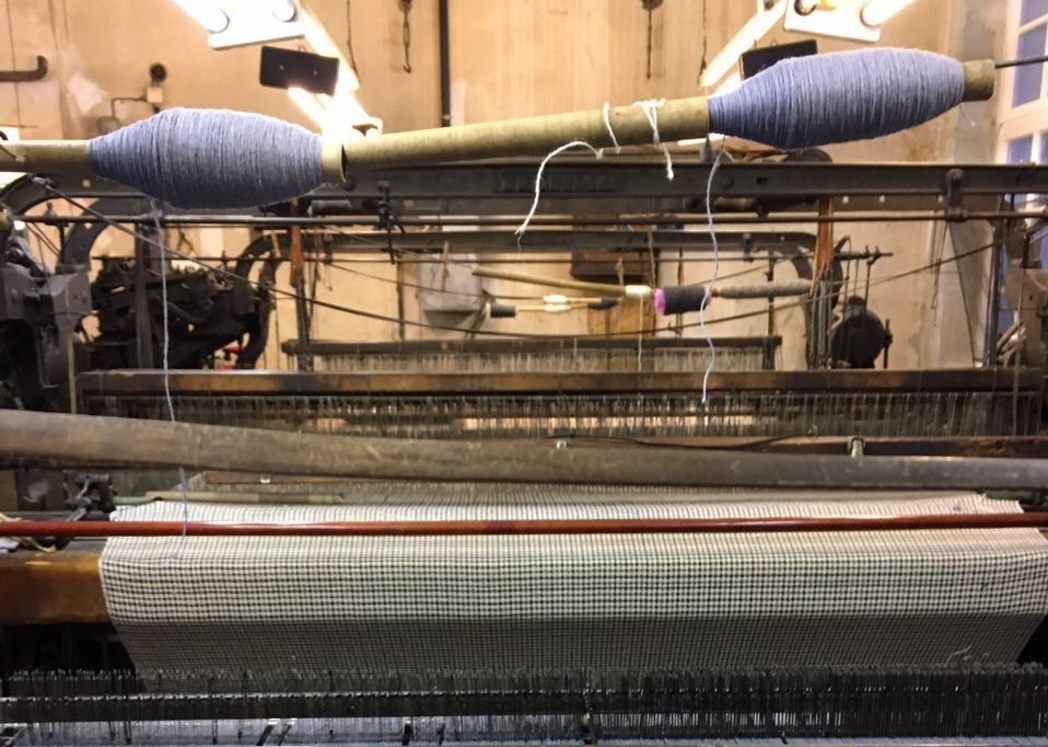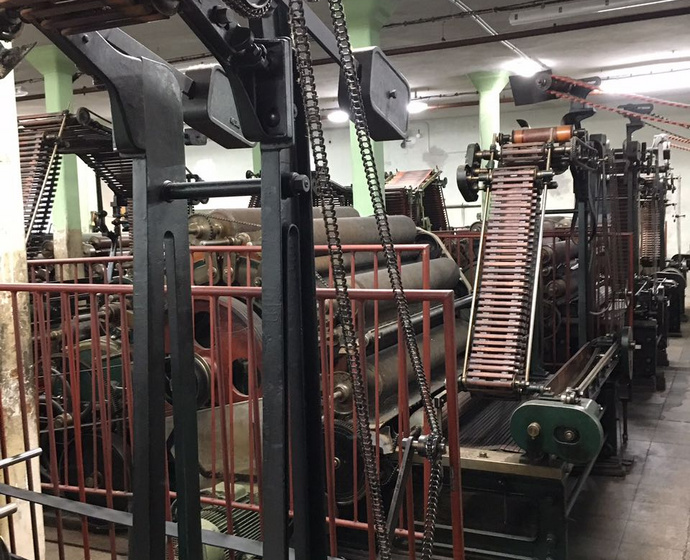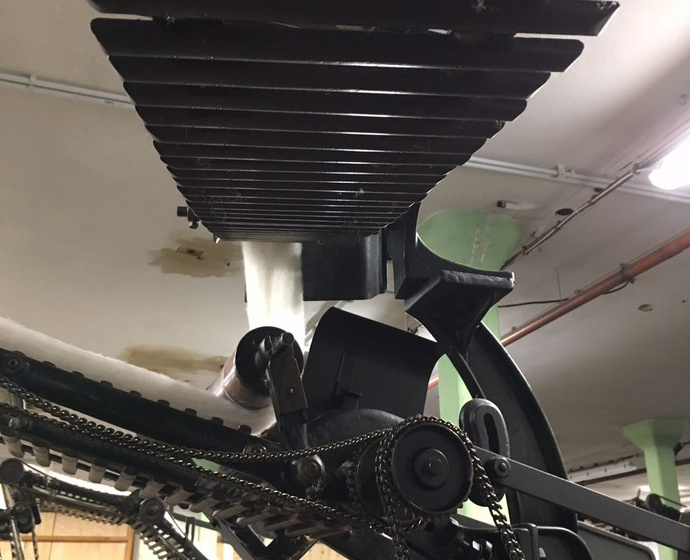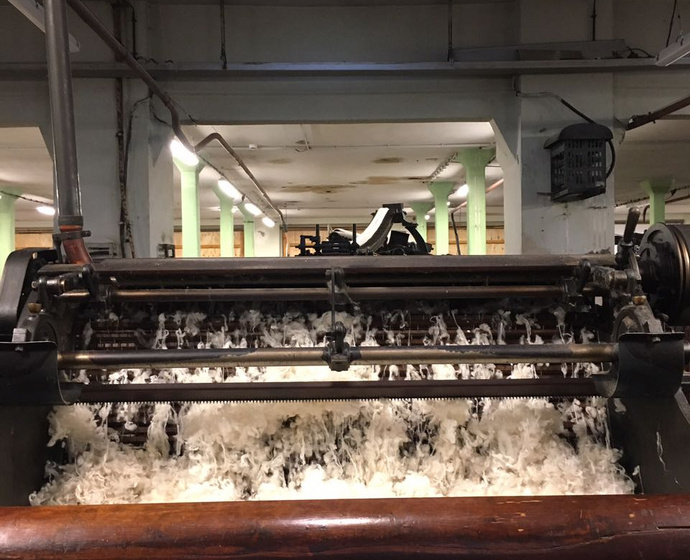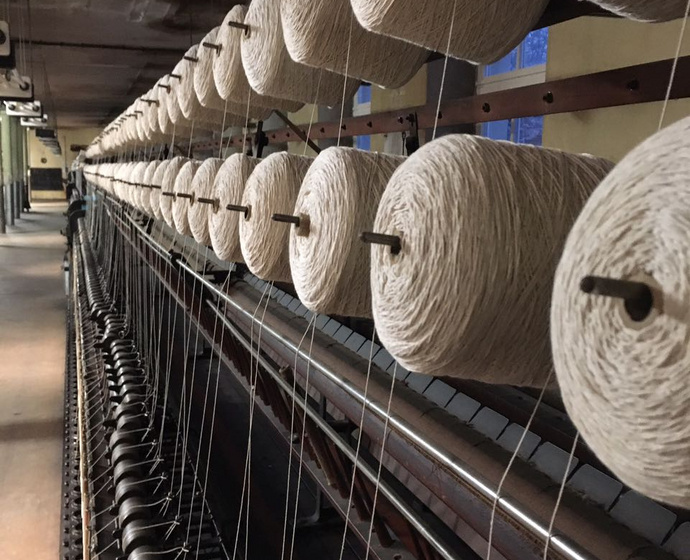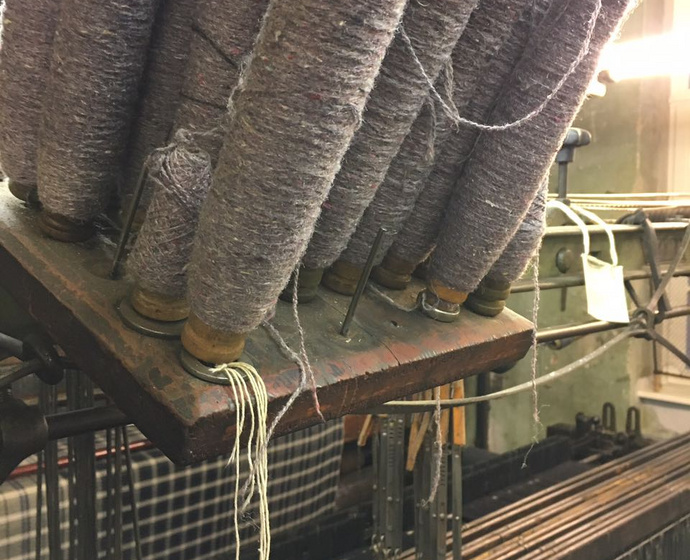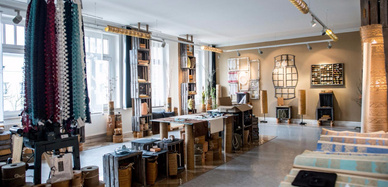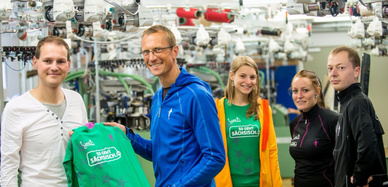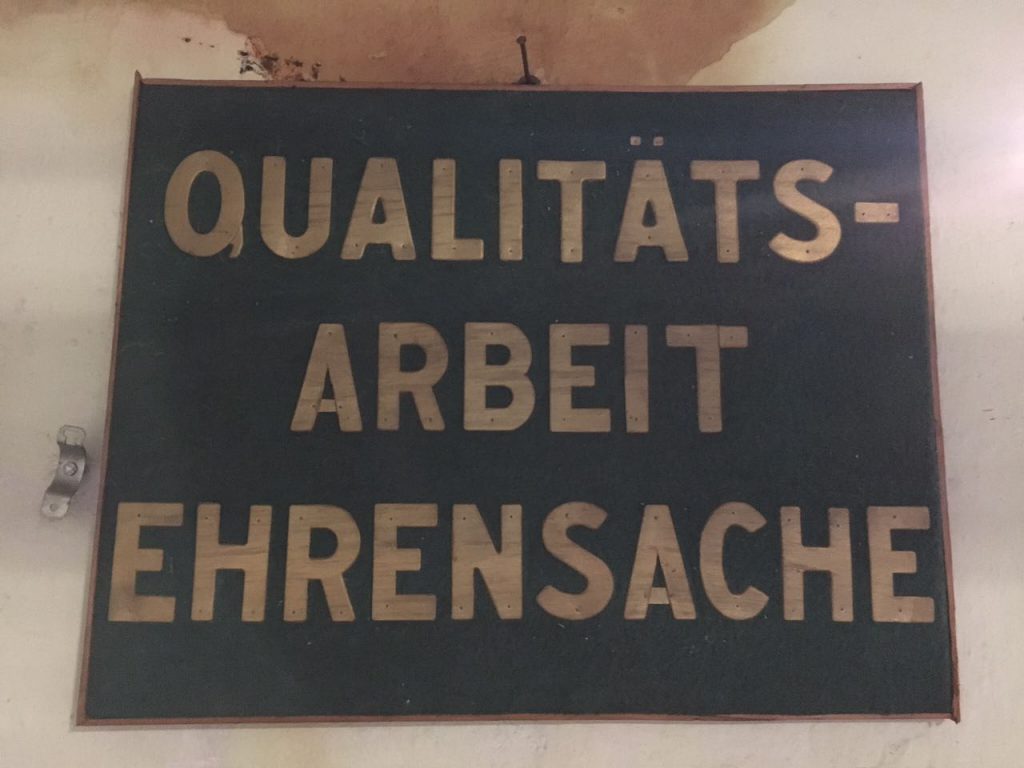
But Silvia Schumann herself doesn’t feel like a museum exhibit. She’s passionate about telling her own story and the story of textile manufacturing to younger generations. Visitors learn how complex the work was, and gain a new understanding of the value of cloth.
Many people, in Germany at least, may not realise that they have a connection to the Crimmitschau factory. “In GDR households, almost everyone had cloth and fabric made in Crimmitschau and the famous GDR jeans were also manufactured here,” explains Silvia Schumann proudly. She is also proud of the fact that new textile companies are once again establishing themselves in the region, which means the tradition represented by “her” cloth factory will live on in Saxony. But that’s another story.
